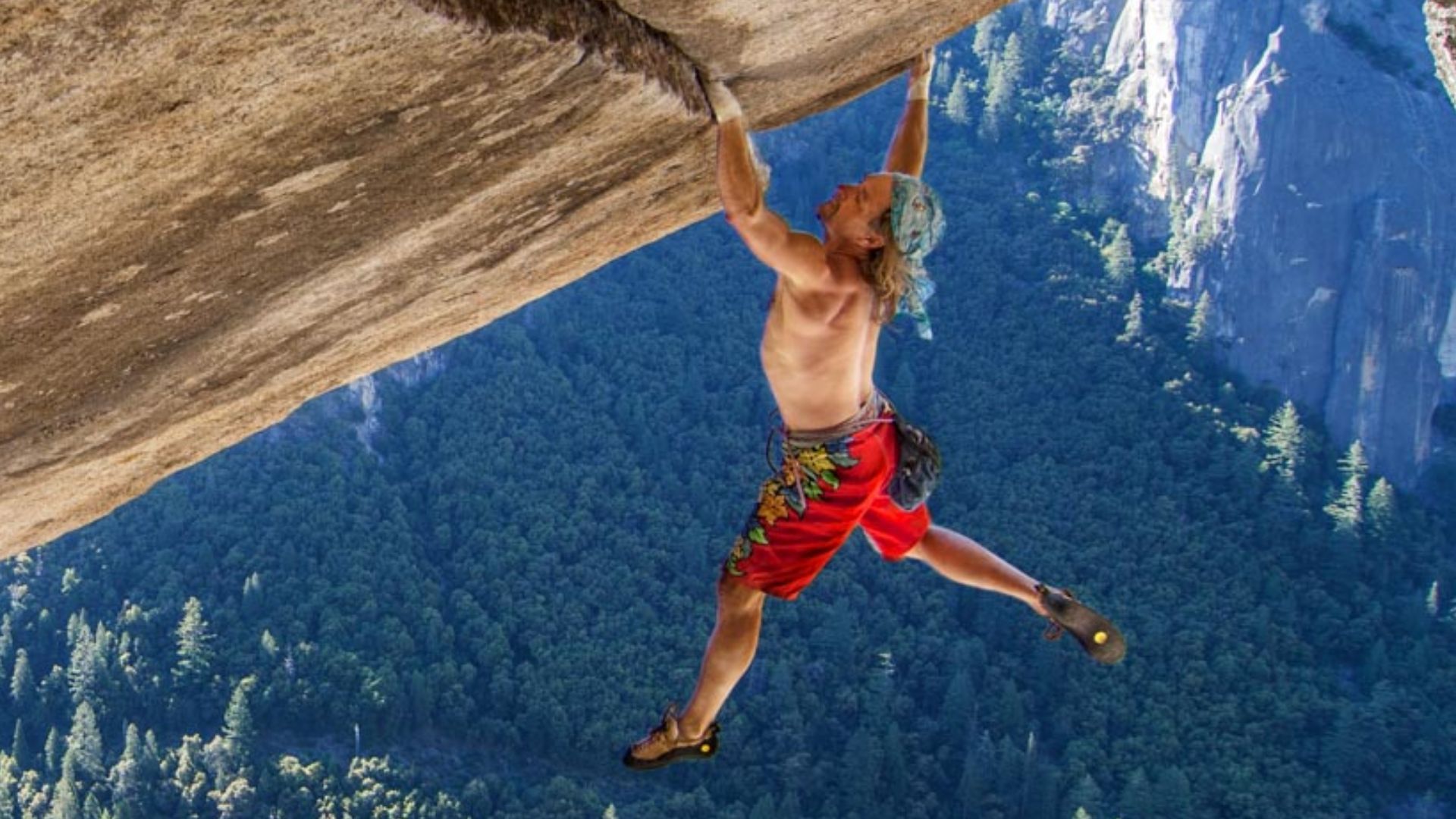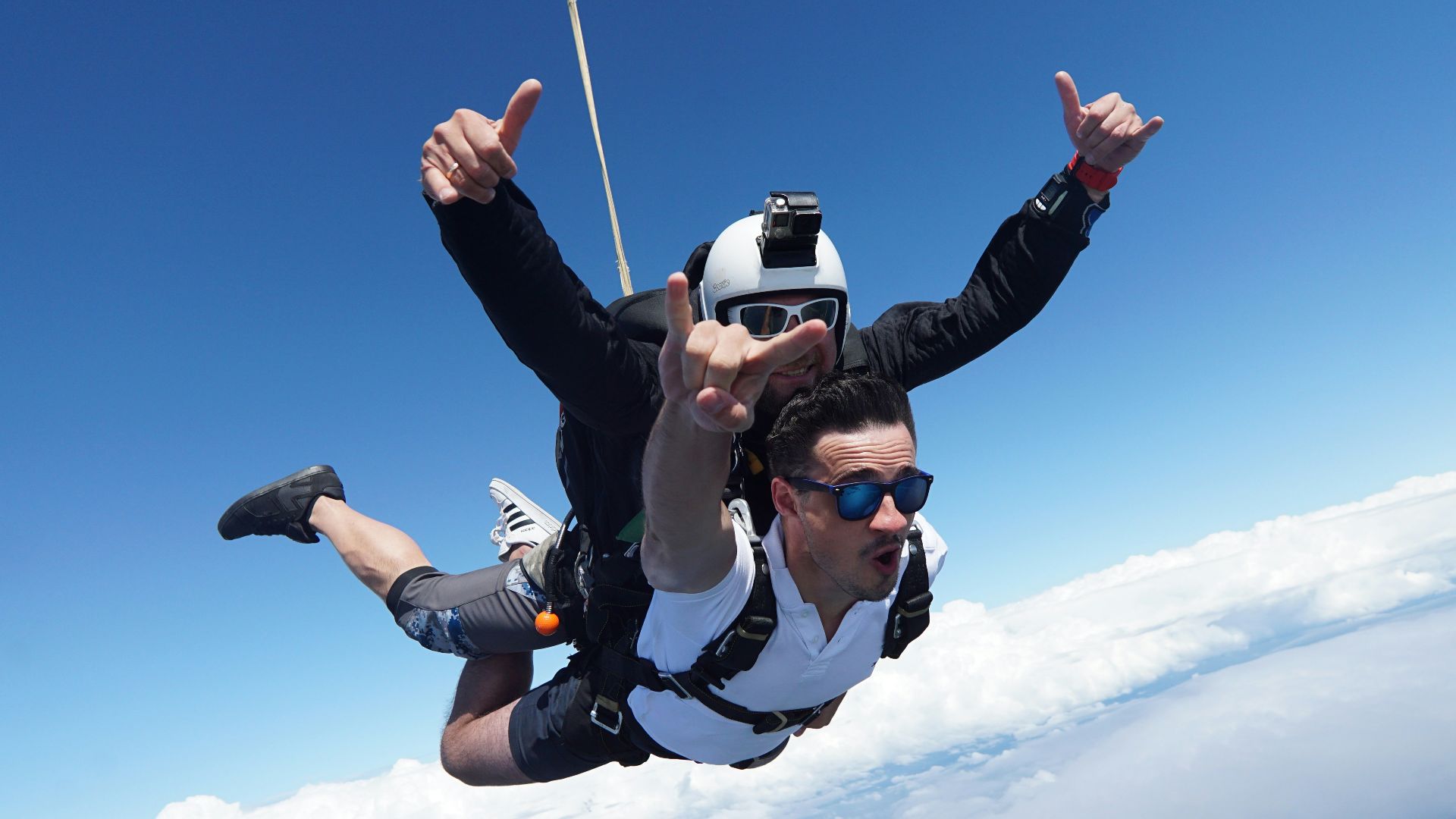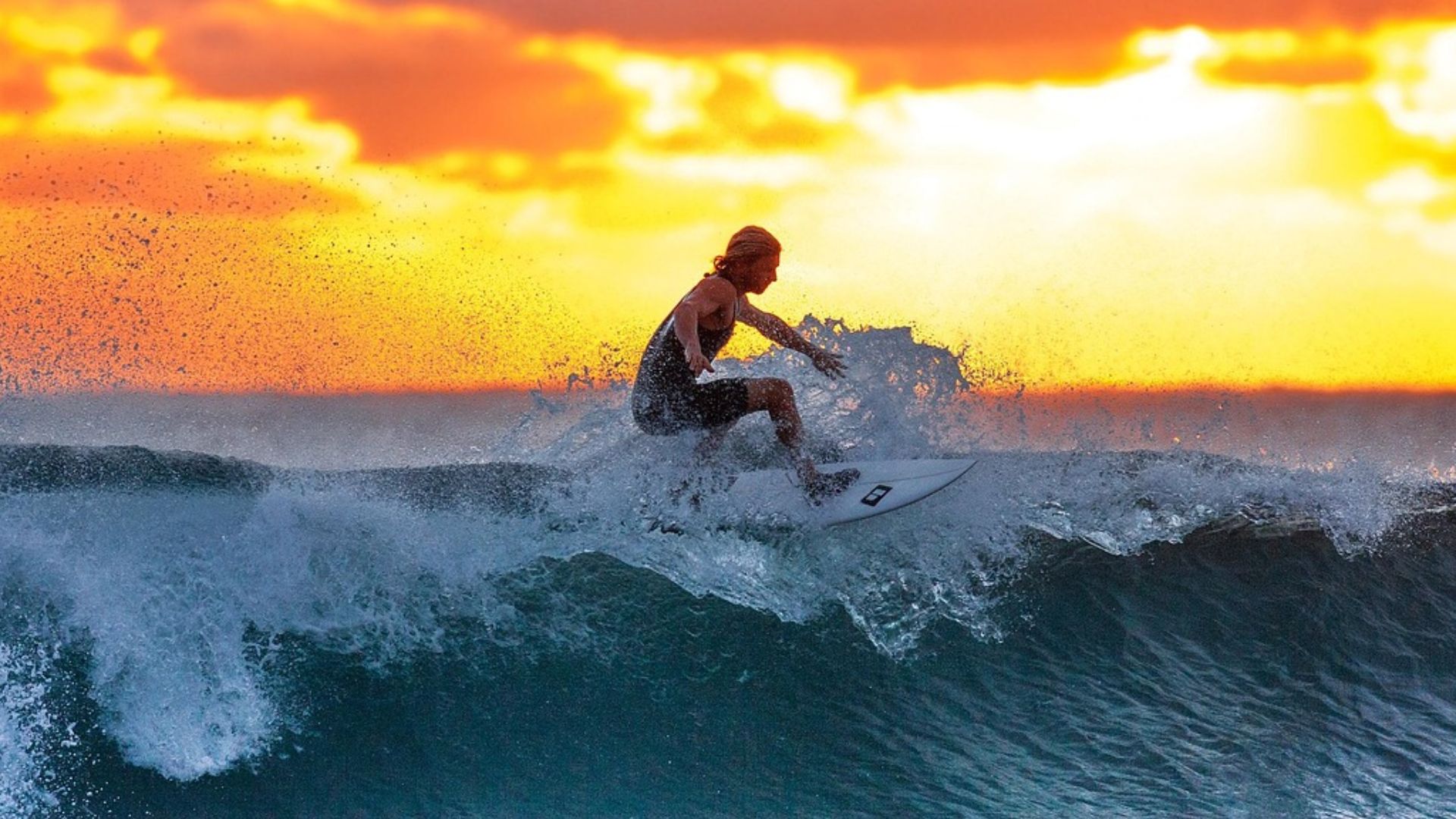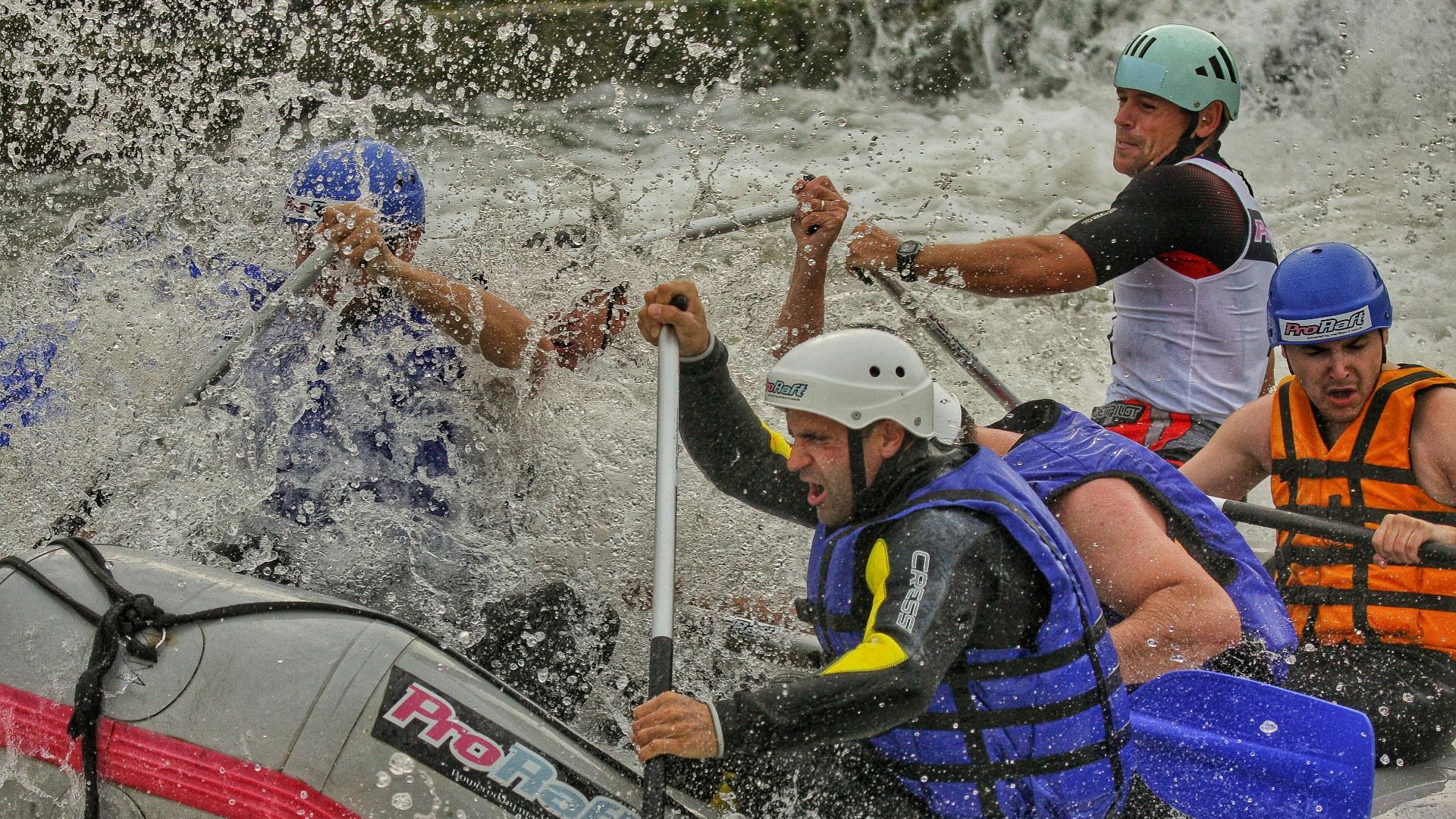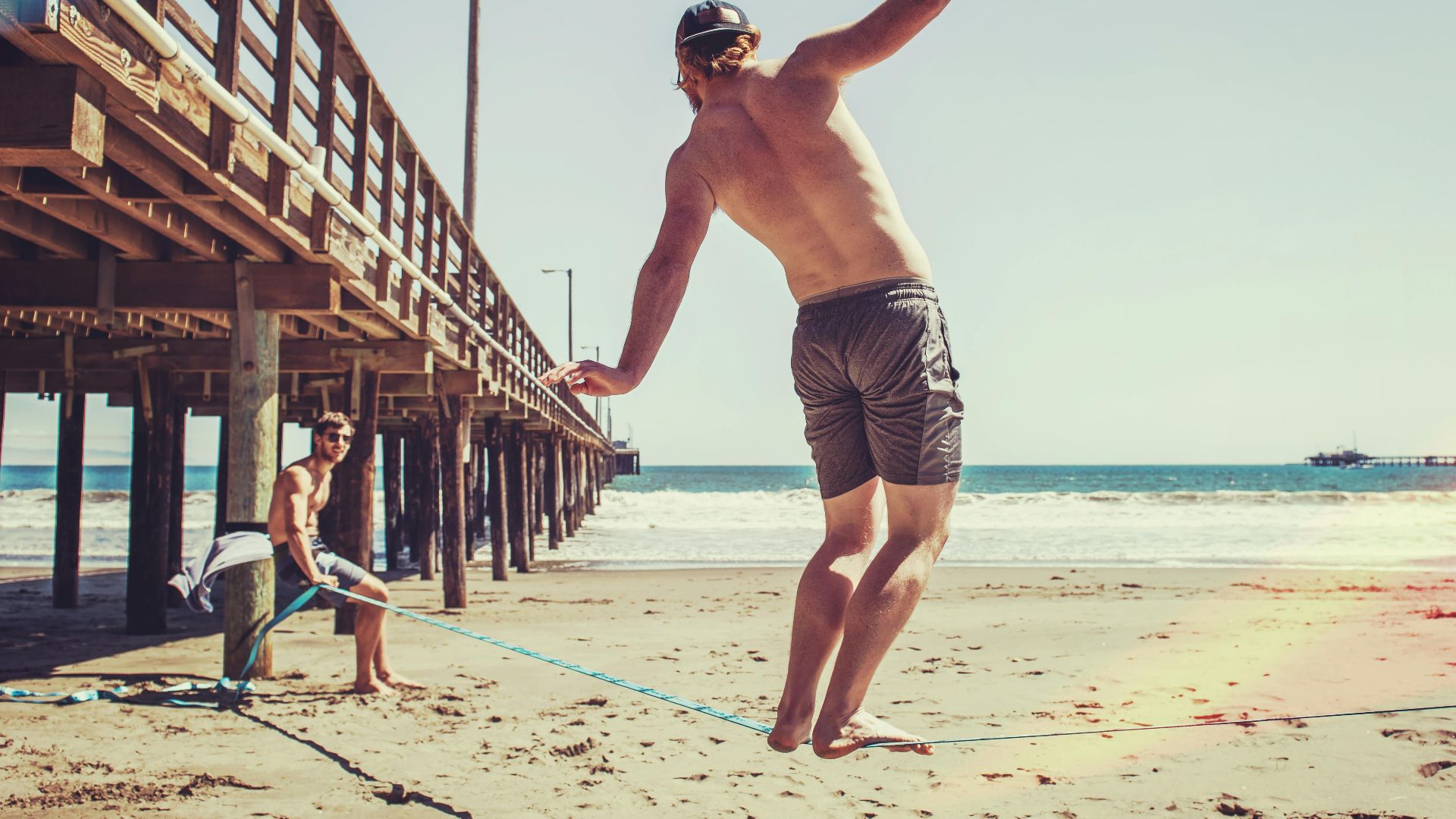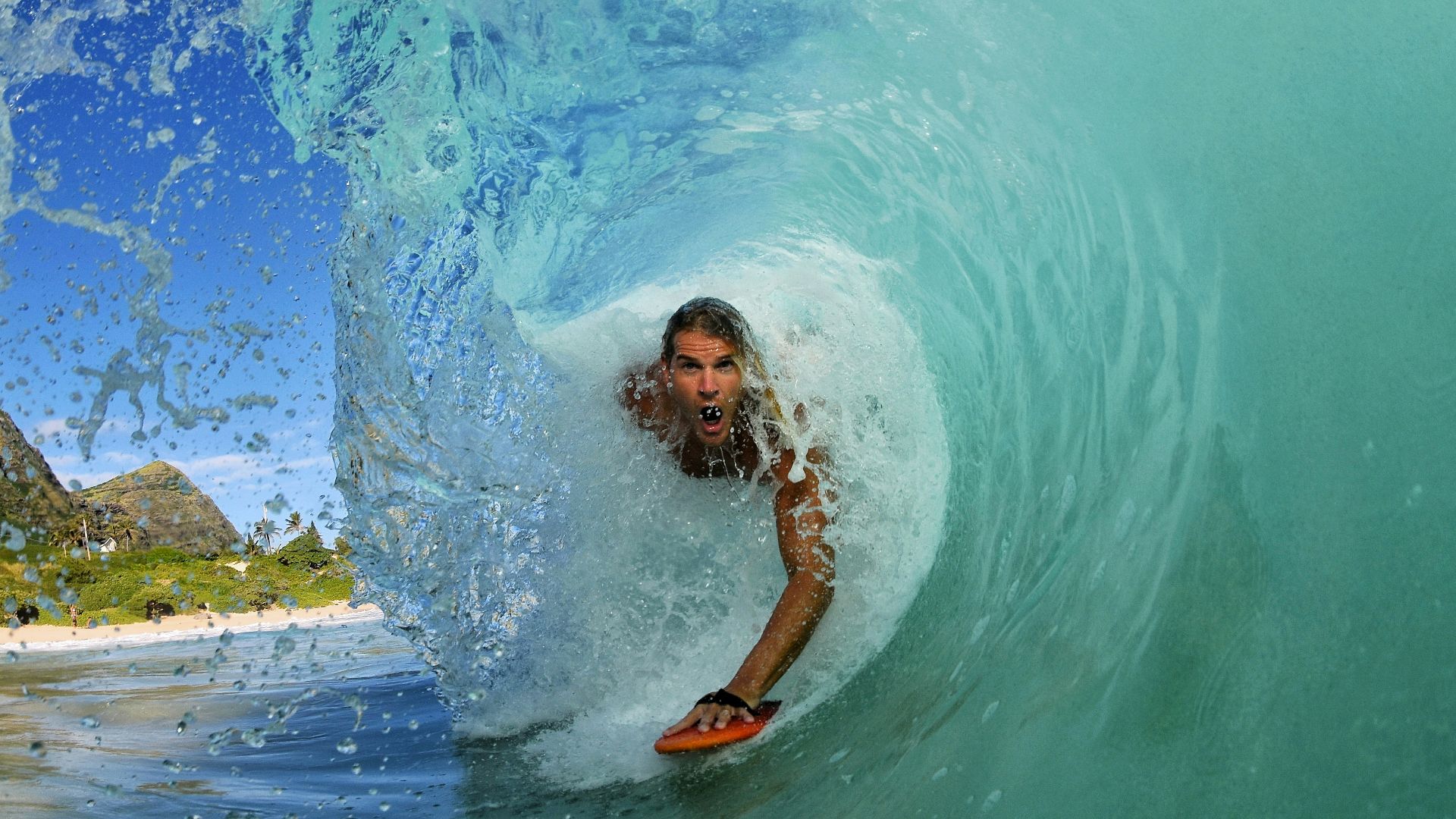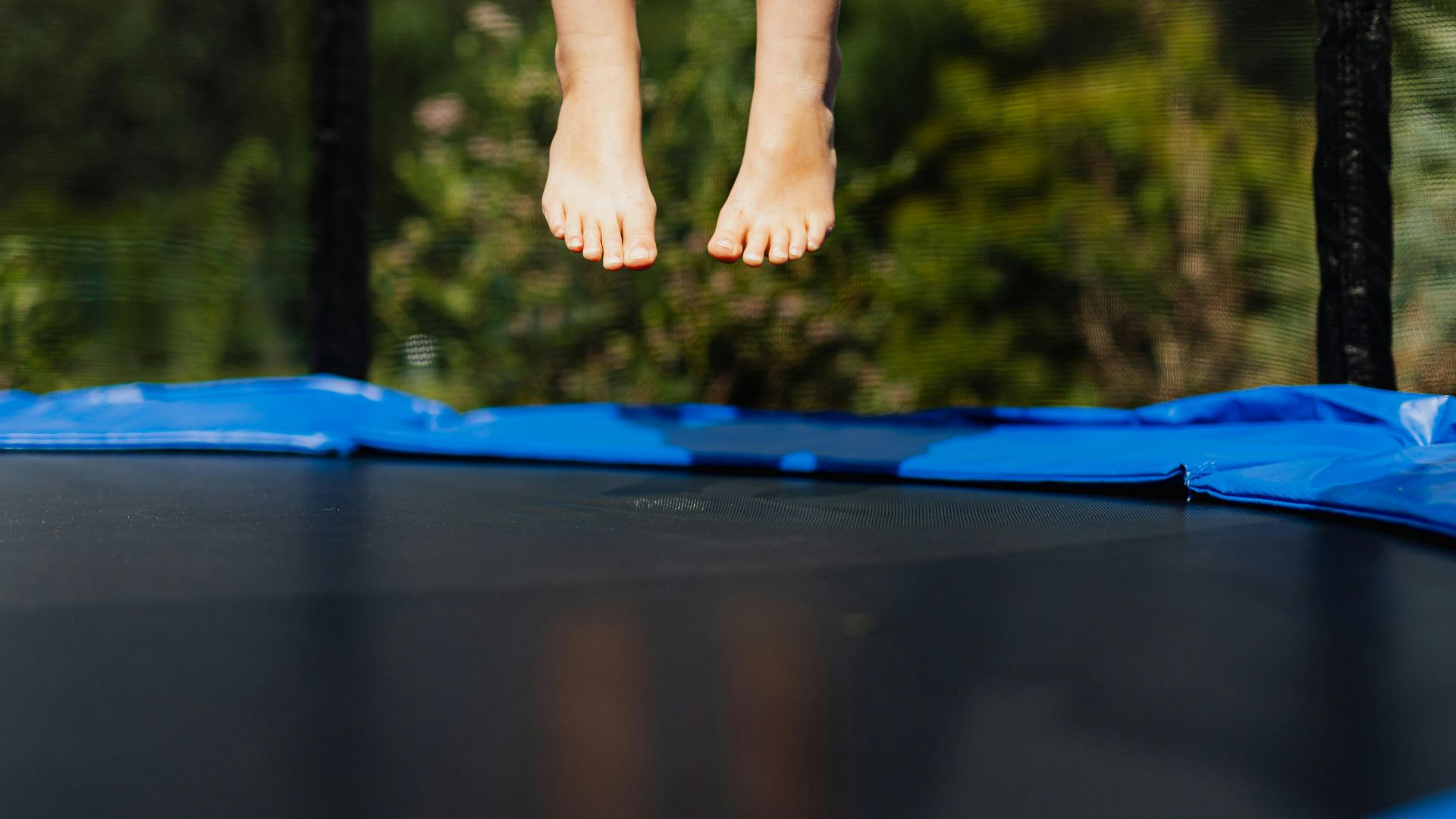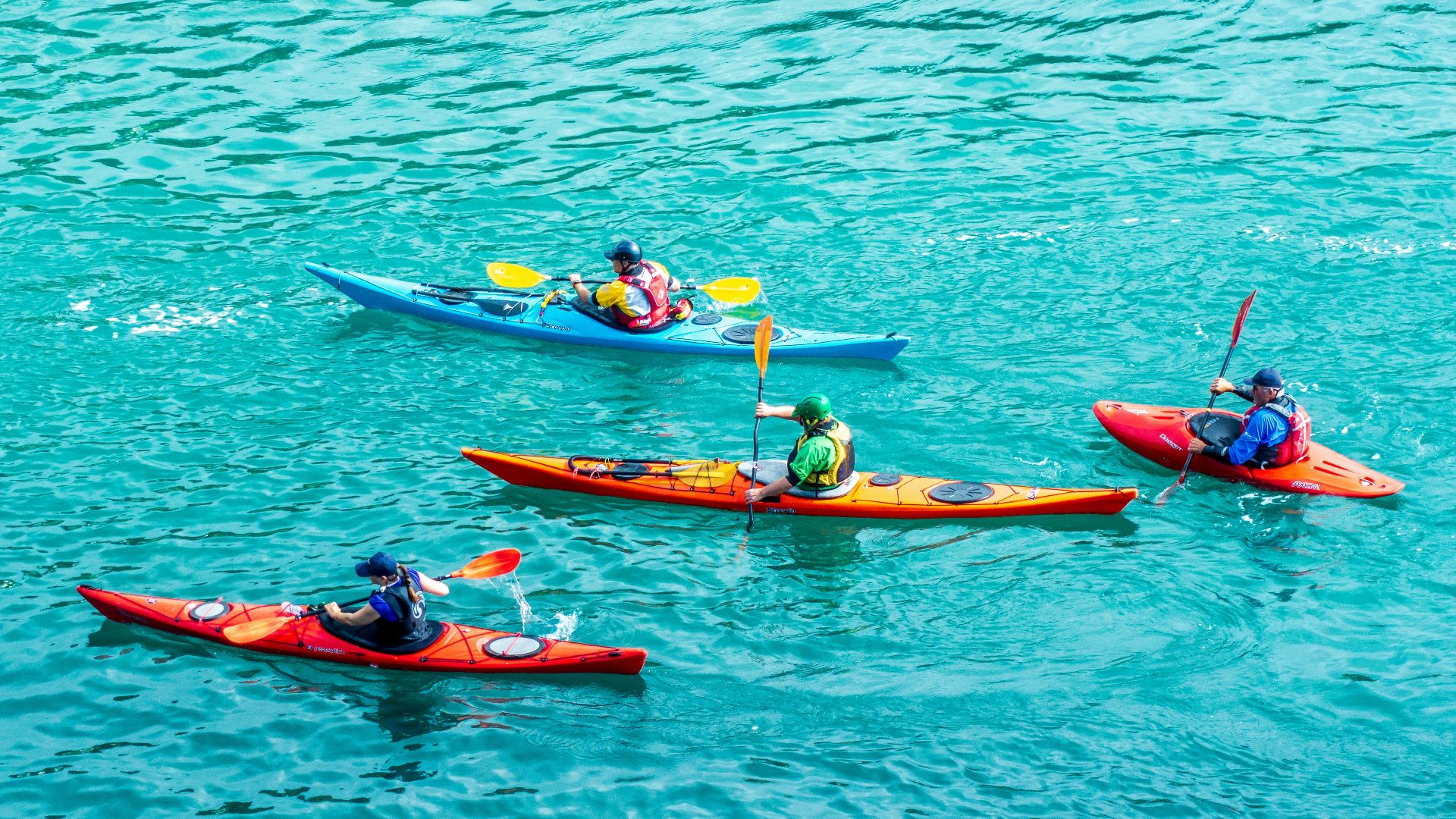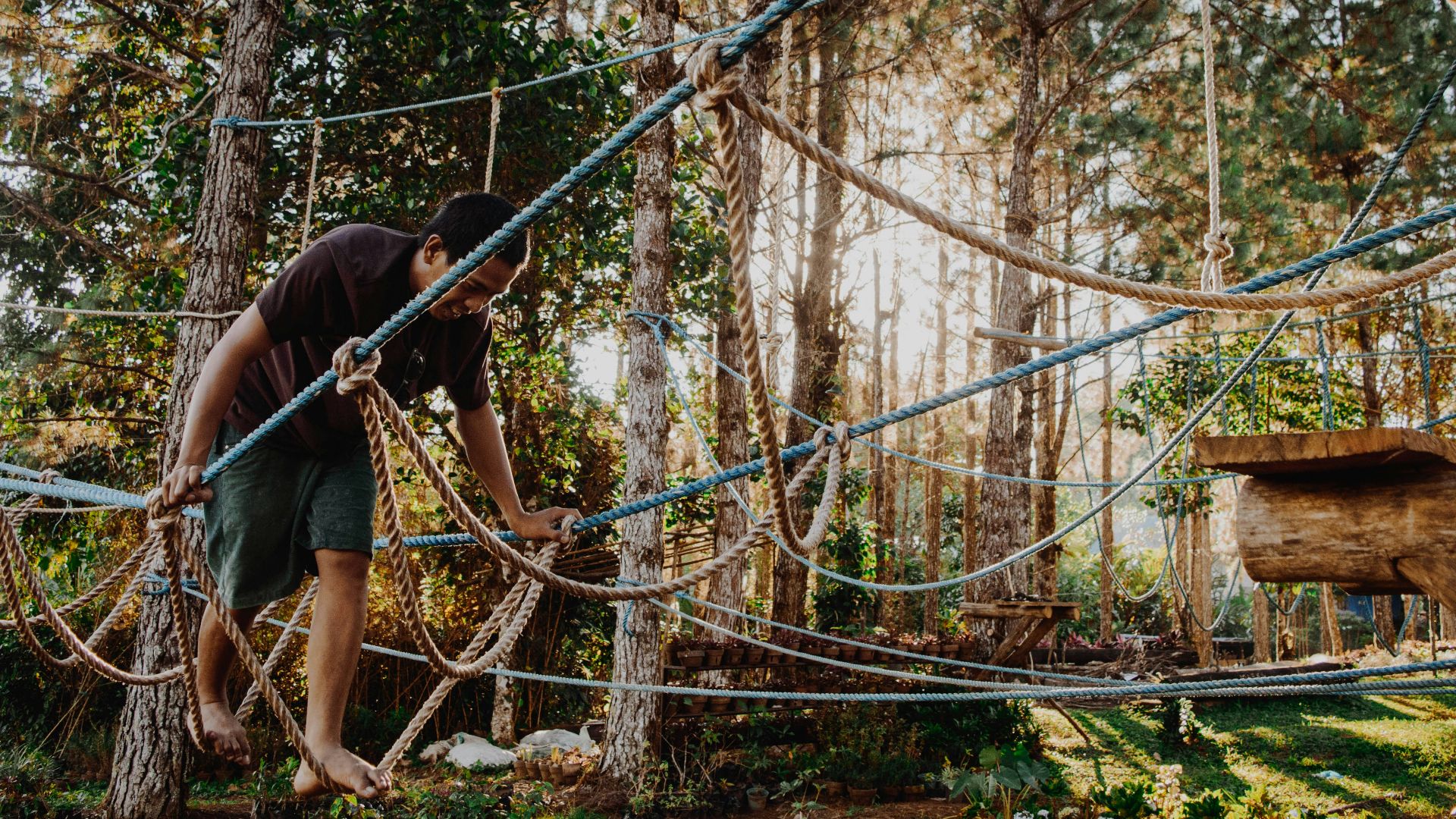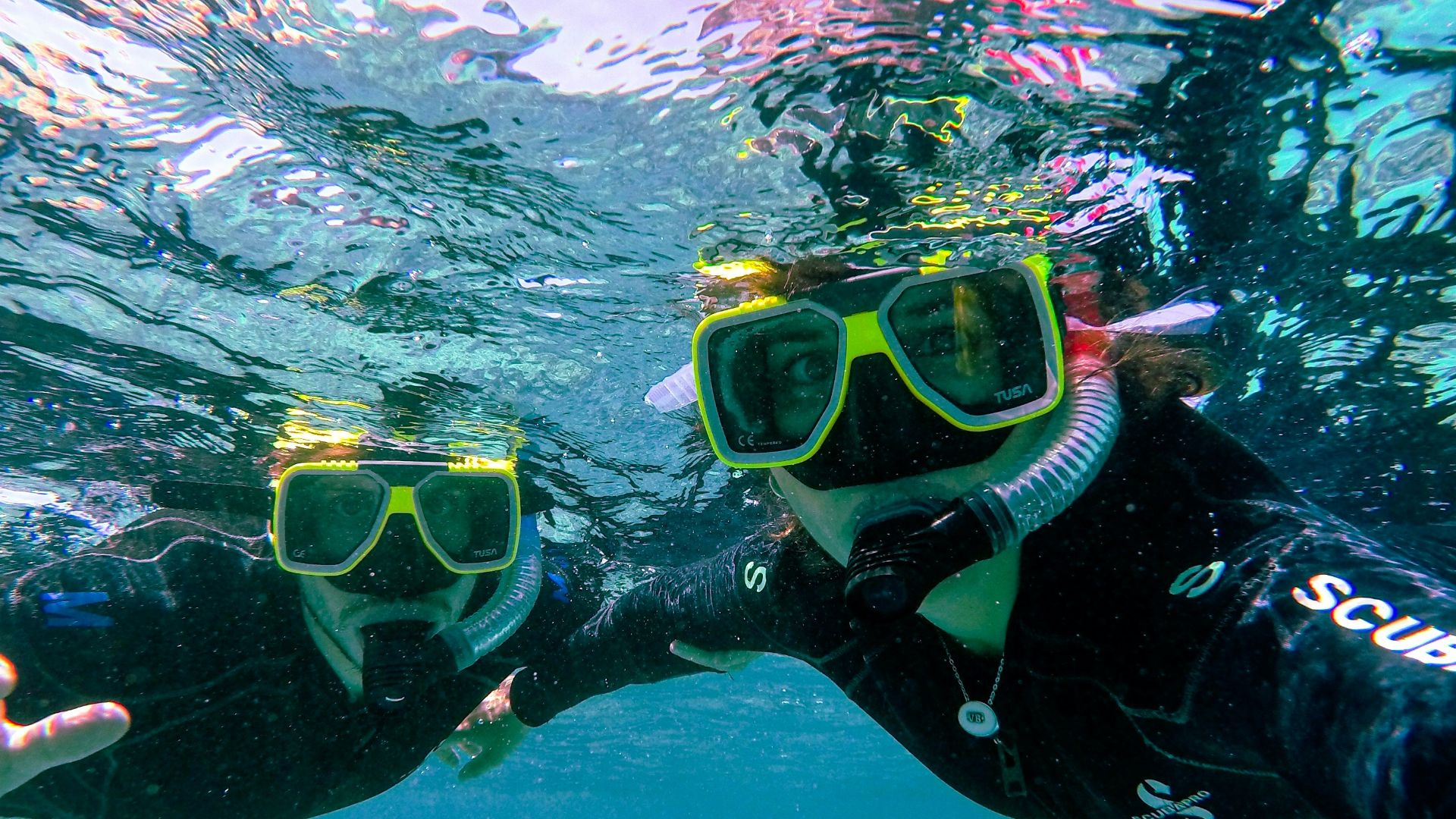Feel The Adrenaline Rush
Extreme sports exist outside of the mainstream. Breaking away from scripts and rules, these sports push athletes to their physical and psychological limits. While extreme sports aren't for the faint of heart, there are a ton of beginner-friendly alternatives for those who want a more controlled dose of adrenaline.
1. Free Solo Climbing
Free solo climbing takes rock climbing to the extreme with climbers scaling craggy terrain without any protective equipment. Free soloing has generated extensive ethical debate, as a fall from any height can be deadly. Don't look down!
2. Highlining
Highlining is a cross between walking a tightrope and bouncing on a trampoline. The only thing standing between highliners and a long fall is a 2-inch wide strip of nylon and a harness. Some highliners take things to the next level by ditching the harness entirely, though this, like free soloing, is contentious.
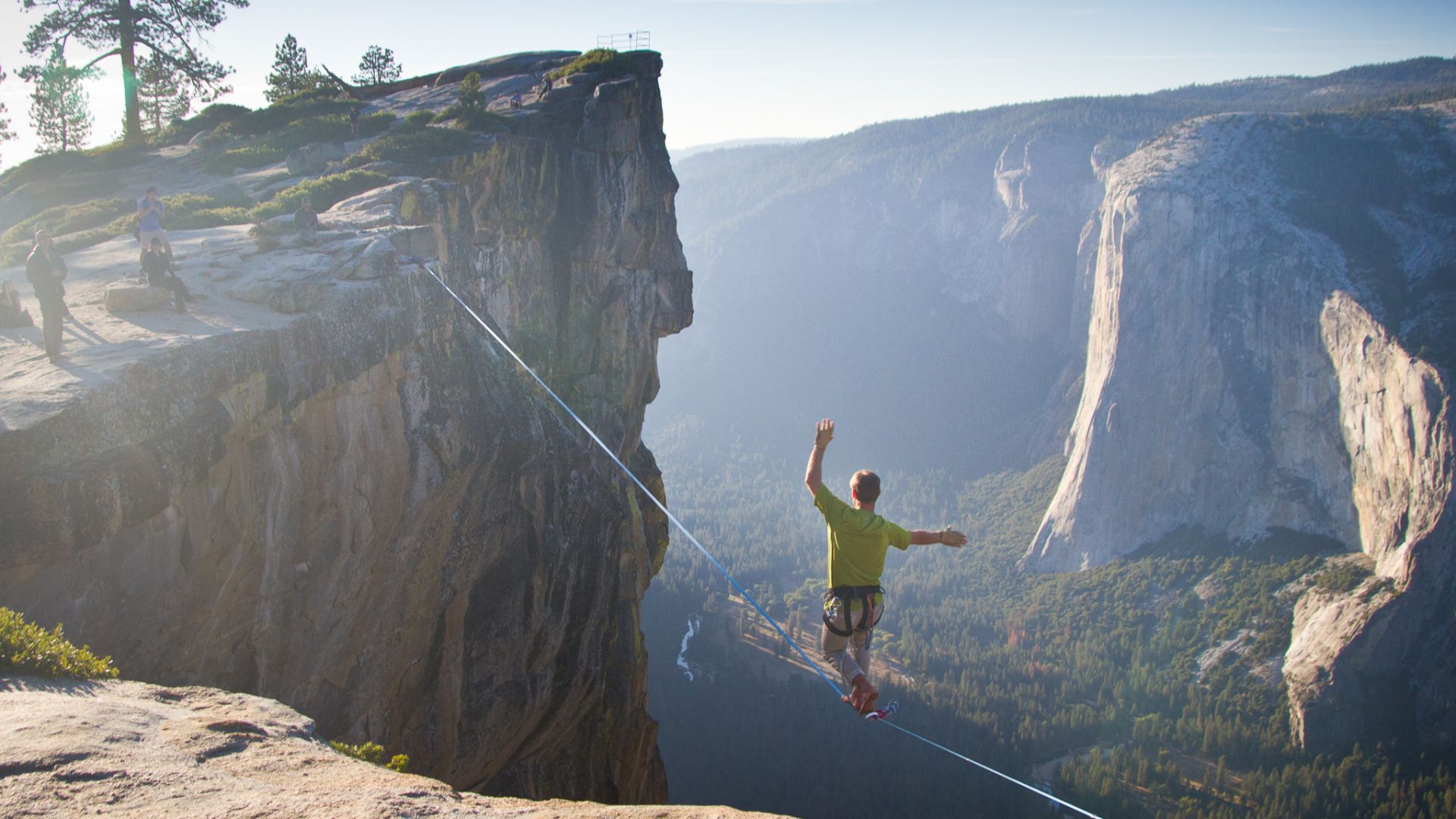 Jeff P from Berkeley, CA, USA on Wikimedia
Jeff P from Berkeley, CA, USA on Wikimedia
3. Trekking
Trekking is probably the most widely practiced sport on this list. Far from being a simple walk in the park, trekkers can spend days, weeks, or even months in the wilderness. Not only do they have to carry their essentials on their back, they also have to brave the elements and wildlife.
4. Skydiving
Skydiving is about as extreme as you can get. If you've ever wanted to see the world from a bird's eye view, there's no better way to do so than by jumping out of a plane 10,000 feet in the air. According to experienced skydivers, the worst part isn't the freefall, but the first step over the edge.
5. Surfing
Surfing is one of the most accessible and popular extreme sports on this list, but that doesn't mean it's entirely without risk. Not only do riptides and marine life pose hazards, but the waves themselves are incredibly powerful. Big waves have a ton of force behind them and are capable of breaking bones and causing concussions.
6. BMX
BMX, or bicycle motocross took off in the 1970s and is now a staple of the X Games. BMX has it all: tricks, thrills, and difficult terrain. The rocky terrain of BMX can take a serious toll on your body; all those bumps in the road can put a lot of stress on your joints.
7. Bungee Jumping
If all your friends jumped off a bridge then they're probably bungee jumpers. Going over the edge is only half the thrill with bungee jumping; just when you think you're about to hit the ground, the line reels you back up. Bungee jumping is often used as a dare or a way to conquer a fear of heights.
8. Rafting
Rafting isn't an extreme sport in itself, but the most well-known type is: white water rafting. While most extreme sports are done solo, white water rafting requires teamwork and incredible concentration to avoid careening into rocks. Other hazards include large waves and the possibility of significant drops.
9. Parkour
Parkour is one of the newest and most popular extreme sports on this list. Parkour evolved out of military obstacle course training to include vaulting, swinging, and rolling through urban environments. Parkour is not only about getting from point A to point B as efficiently as possible, but is about seeing the world in a new light.
10. Scuba Diving
Yes, scuba diving is considered an extreme sport! Not only do scuba divers exploring wrecks or cave systems face the risk of environmental collapse or equipment failure, but they're also entirely at the mercy of the ocean. While going beneath the ocean blue can be meditative, it also forces divers to confront their mortality.
Now that we've covered some sports suited for daredevils, let's look at a few that are more approachable.
1. Bouldering
Bouldering is the simplest and most accessible form of climbing. Like free soloing, you climb without a harness or safety equipment, however pre-installed courses and safety mats make the climb both easier and safer. Bouldering is as much of a mental workout as it is a physical one.
2. Slacklining
While slacklining can be extreme depending on the terrain and how much equipment you do or do not use, it can also be done in your backyard. Because slacklines are dynamic, they're an excellent way to enhance your balance without significant risk. Once you're comfortable walking, you can try incorporating tricks.
3. Hiking
Experiencing the great outdoors doesn't have to mean roughing it in the bush. All you need to start hiking is a solid pair of shoes and plenty of water. If you're exploring a National Park, for example, you can expect the trails to be well-maintained with their difficulty levels clearly posted.
4. Indoor Skydiving
If you want the rush of skydiving but don't have the money to jump out of the plane (or aren't that adventurous), never fear. Skydiving in wind tunnels has taken off in recent years, as it is accessible to all skill and mobility levels. Indoor skydiving is safe yet thrilling fun for the whole family.
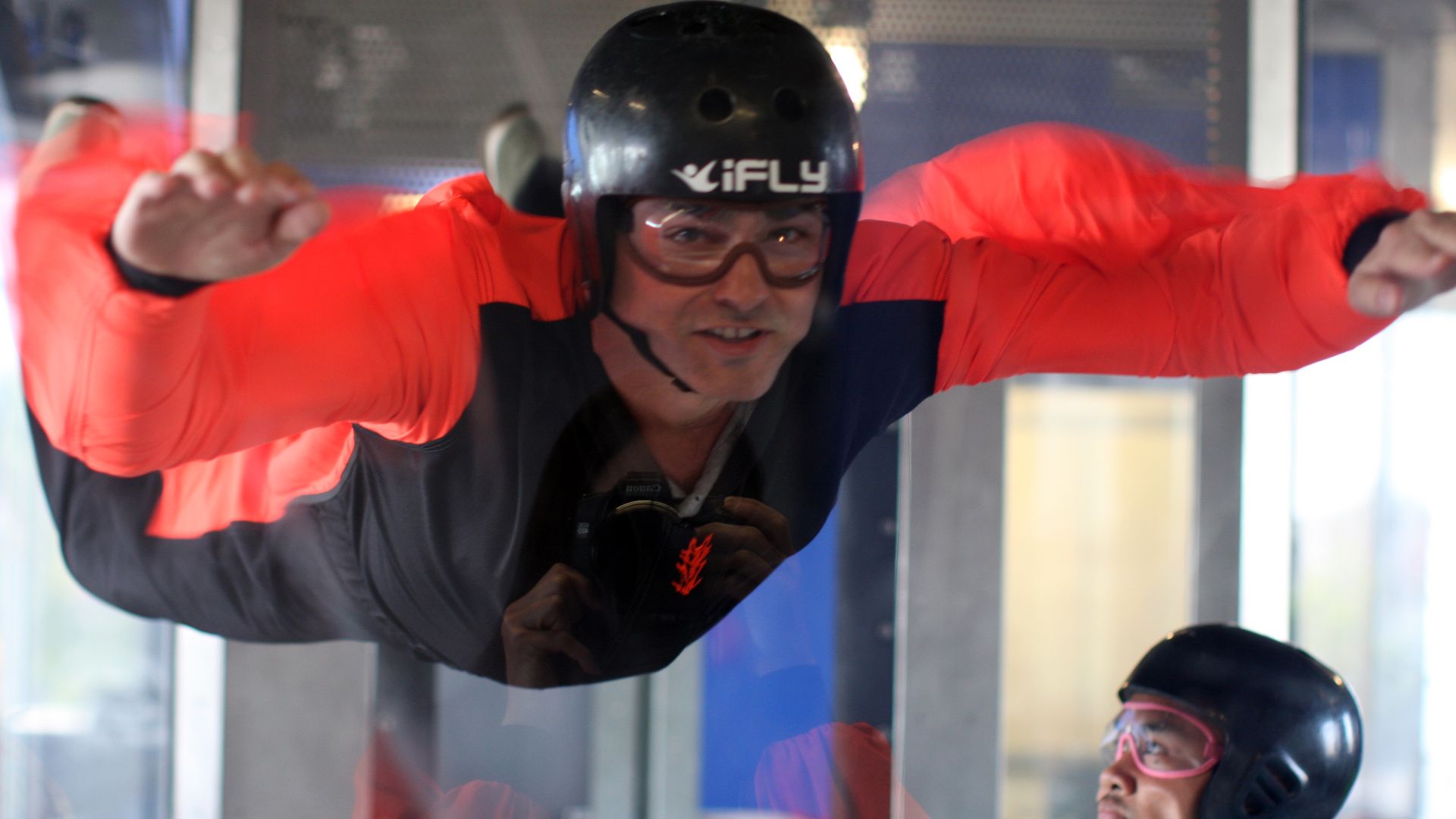 Erik Charlton from Menlo Park, USA on Wikimedia
Erik Charlton from Menlo Park, USA on Wikimedia
5. Bodysurfing
Unlike some of the sports on this list, the lack of equipment doesn't make bodysurfing more dangerous. While bodysurfing, like any sport, comes with its own set of risks, it can be as simple as riding a wave in a wave pool. Bodysurfing is considered the simplest way to ride waves, yet also the most thrilling.
6. Cycling
Riding a bike is so easy that many people start learning as soon as they can walk. While BMX is about showy stunts, cycling at its core is about exploring the world. And, with the help of a stationary bike, you can get exercise come rain or shine.
7. Trampolining
Trampolining may be an Olympic sport, but you don't have to be a world-class athlete to try it out. Trampolining is as easy or as difficult as you want it to be, whether you incorporate flashy tricks, or simply want to catch big air. Just make sure you've fully digested your lunch before you start bouncing!
8. Kayaking
Kayaking, like any sport in theory, can be extreme, but is sedate more often than not. So long as you aren't navigating rapids, kayaking is an easy and relaxing way to get some exercise and see the world. The simple strokes and stable design make this sport extremely accessible.
9. Obstacle Courses
While parkour was born out of military obstacle courses, you don't need to wear a uniform to tackle a modern obstacle course. Obstacle courses combine fun and fitness, allowing people to get in touch with their inner child while getting a workout. Common obstacles include monkey bars and warped walls.
10. Snorkeling
Snorkeling is a fantastic choice for ocean lovers who want to stick to the surface. Not only does snorkeling require minimal experience, but the life jacket will keep you afloat when you get tired. Snorkeling allows swimmers to see the beauty of what lies beneath the ocean's surface in a safe and controlled experience.
KEEP ON READING




